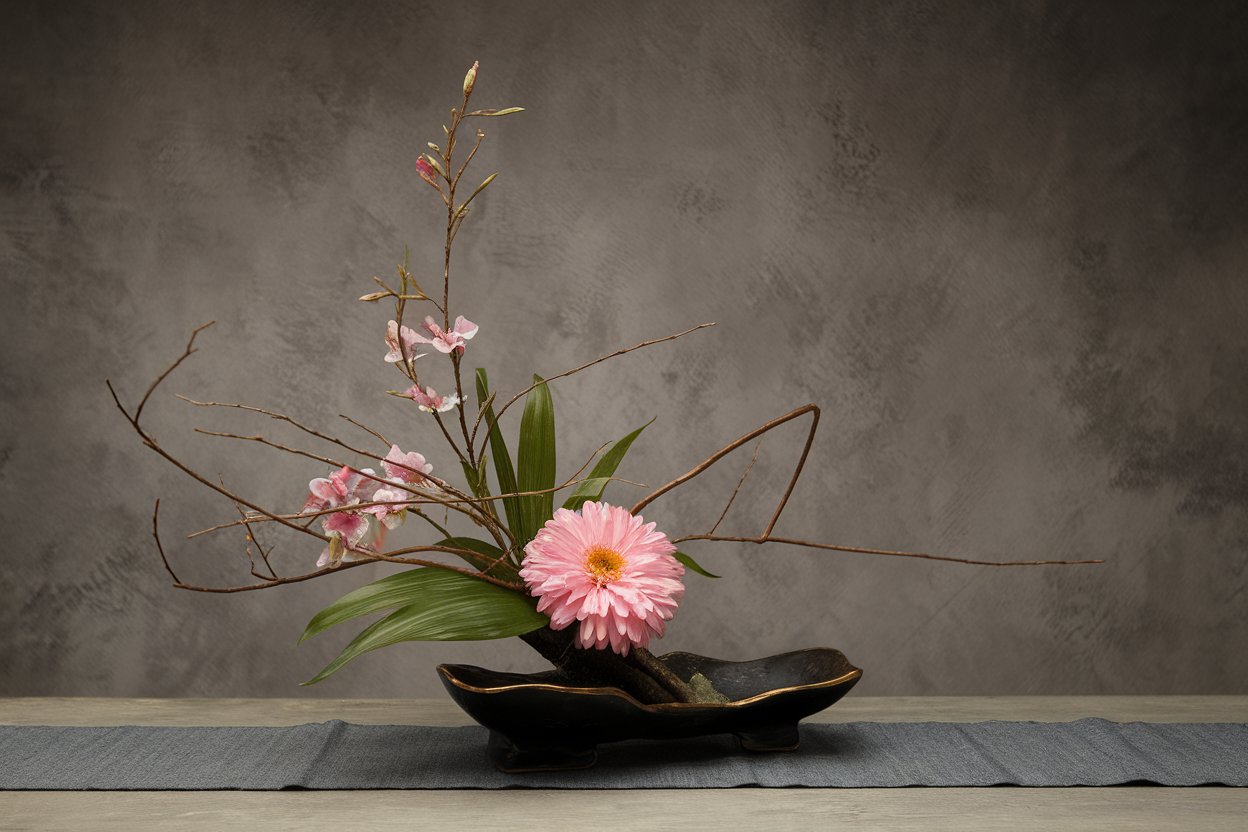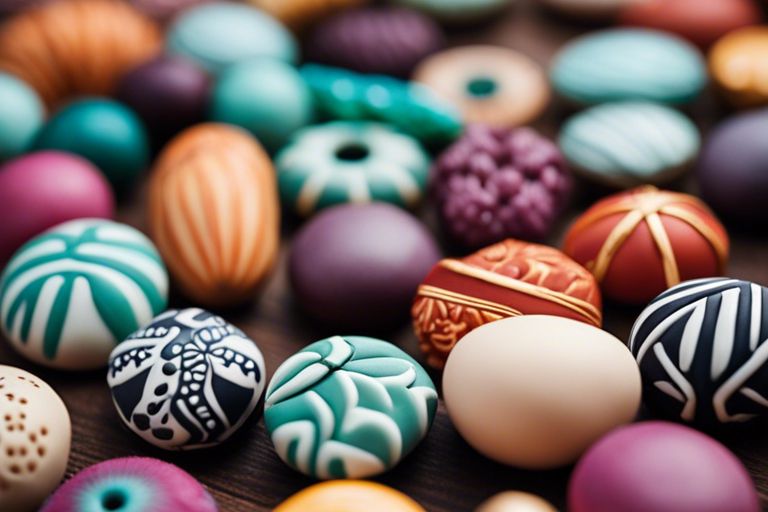18 Ikebana Flower Arrangement Ideas

Ikebana, the Japanese art of flower arrangement, is a beautiful and meditative practice that has been around for centuries.
It involves carefully arranging flowers, branches, and leaves in a way that reflects the natural beauty of the materials.
In this listicle, I will share 18 Ikebana flower arrangement ideas to inspire you to create your own stunning creations.
Moribana Style:
The Moribana style of Ikebana uses a shallow container and a kenzan (pin frog) to hold the flower stems in place.
This style allows for more freedom in arranging the flowers and creating different heights and angles.
Nageire Style:
The Nageire style of Ikebana involves inserting the flower stems into a tall vase without the use of a kenzan.
This style creates a more natural and dynamic arrangement, with the flowers appearing to be growing out of the vase.
Rikka Style:
The Rikka style of Ikebana is a more formal and structured style that originated in the 15th century.
It typically uses seven main branches to represent different elements of nature, such as mountains, rivers, and trees.
Shoka Style:
The Shoka style of Ikebana is a simpler and more modern style that focuses on the natural beauty of the materials.
It typically uses three main branches to represent heaven, earth, and humanity.
Jiyuka Style:
The Jiyuka style of Ikebana is a freeform style that allows for more creativity and expression.
It can incorporate unconventional materials and arrangements that break away from traditional Ikebana rules.
Sogetsu Style:

The Sogetsu style of Ikebana is a contemporary and innovative style that was founded in the 1920s.
It emphasizes creativity and individual expression, allowing for a wide range of materials and techniques.
Ikenobo Style:
The Ikenobo style of Ikebana is the oldest and most traditional school of Ikebana, dating back to the 15th century.
It focuses on simplicity, balance, and harmony, with an emphasis on using seasonal flowers and natural materials.
Ohara Style:
The Ohara style of Ikebana is a more Westernized style that incorporates a wider range of materials and techniques.
It often features larger and more colorful arrangements, with a focus on creating a sense of depth and perspective.
Practicing Mindfulness:

When creating Ikebana arrangements, I like to approach it as a form of mindfulness practice. I focus on each individual stem and leaf, paying attention to their colors, shapes, and textures, and how they fit together in the overall composition.
Using Negative Space:
Ikebana is not just about the flowers themselves, but also the spaces between them. I like to use negative space in my arrangements to create a sense of balance and harmony, allowing the flowers to breathe and stand out on their own.
Emphasizing Line and Form:

Ikebana is all about creating elegant lines and beautiful forms with the flower stems and branches. I pay close attention to the angles and curves of each element, ensuring that they flow together seamlessly in the arrangement.
Incorporating Seasonal Elements:
One of the key principles of Ikebana is to use seasonal flowers and materials in your arrangements. I love incorporating elements of nature that reflect the time of year, whether it’s cherry blossoms in the spring or pine branches in the winter.
Creating Harmony and Unity:
In Ikebana, I strive to create a sense of harmony and unity in my arrangements. I carefully consider the colors, shapes, and sizes of the flowers and materials, ensuring that they complement each other and come together to form a cohesive whole.
Conclusion:
In conclusion, Ikebana is a truly beautiful and meditative art form that allows for endless creativity and expression. By exploring different styles and techniques, you can create stunning arrangements that reflect the natural beauty of the materials and bring a sense of peace and tranquility to your space. I hope these 18 Ikebana flower arrangement ideas inspire you to try your hand at this ancient practice and discover the joy of creating beauty with flowers.






